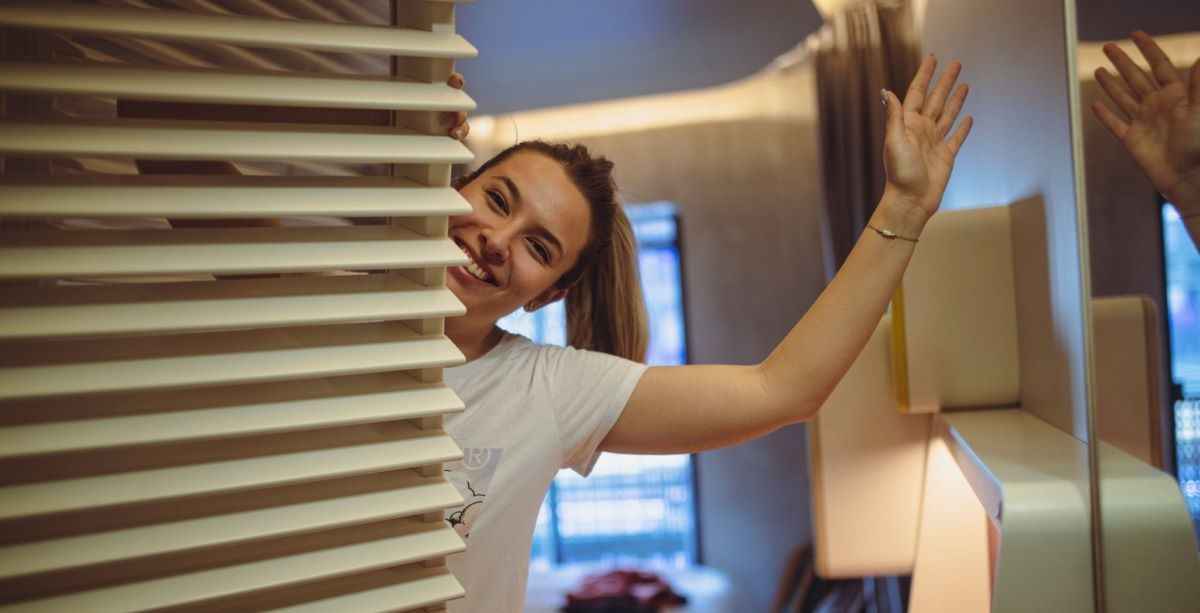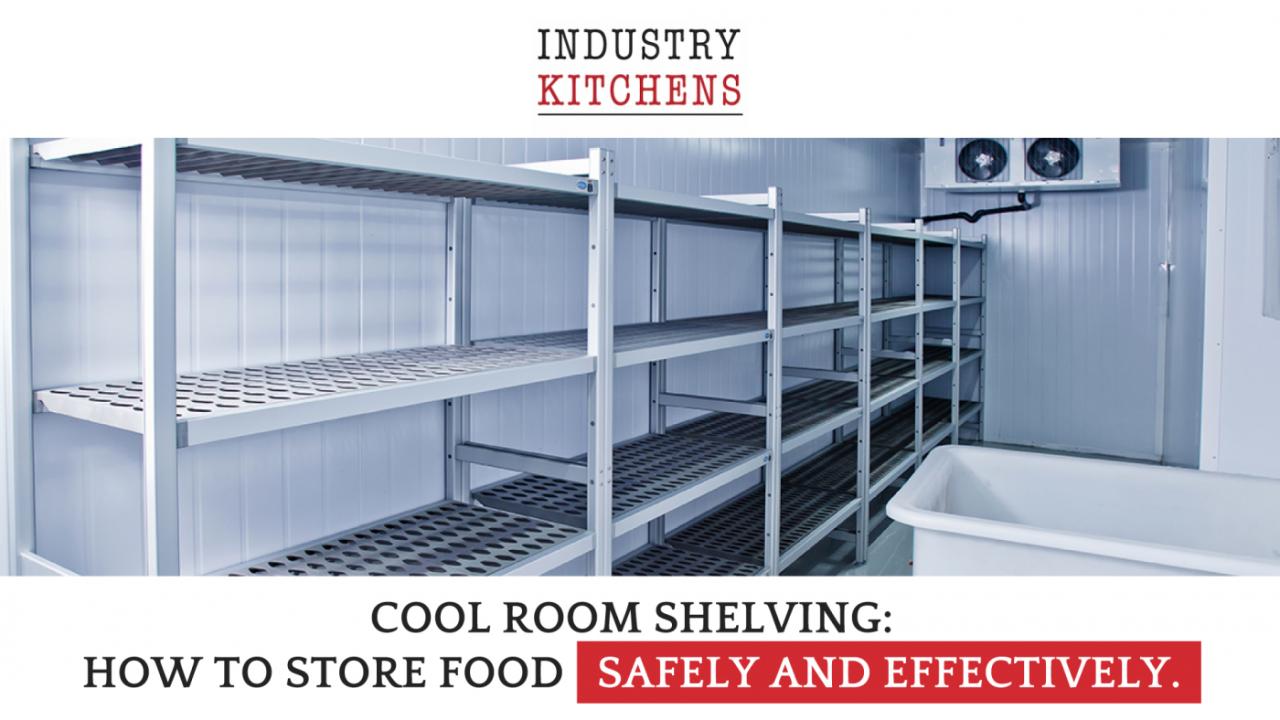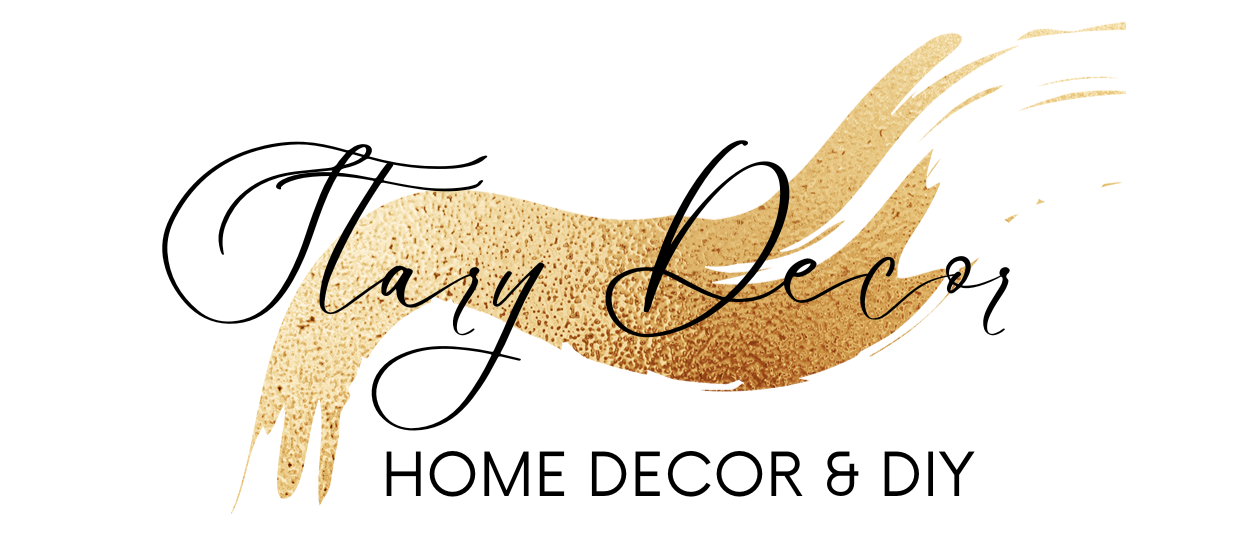Coolroom lights play a crucial role in maintaining the quality and freshness of produce. They provide the necessary illumination for workers to navigate and perform tasks efficiently, while also influencing the physiological processes of stored produce. This comprehensive guide delves into the world of coolroom lights, exploring their types, design considerations, installation, maintenance, energy efficiency, impact on produce, safety, emerging trends, cost factors, and real-world case studies.
From understanding the different types of coolroom lights and their benefits to optimizing light distribution and minimizing energy consumption, this guide empowers readers with the knowledge and insights they need to make informed decisions about their coolroom lighting systems.
Types of Coolroom Lights

Coolroom lights are specifically designed to provide optimal illumination in low-temperature environments, such as coolrooms, cold storage facilities, and refrigerated warehouses. These specialized lights are engineered to withstand the extreme cold and humidity associated with these spaces while delivering reliable and efficient lighting.
There are several types of coolroom lights available, each with its own unique characteristics and benefits. The most common types include:
Fluorescent Lights
Fluorescent lights are a popular choice for coolrooms due to their energy efficiency and long lifespan. They produce a bright, diffused light that is evenly distributed throughout the space. Fluorescent lights are also relatively inexpensive to purchase and maintain.
LED Lights
LED lights are a more recent development in coolroom lighting. They offer several advantages over fluorescent lights, including higher energy efficiency, longer lifespan, and improved color rendering. LED lights also produce less heat, which can help to reduce the cooling load in the coolroom.
High-Intensity Discharge (HID) Lights
HID lights are a powerful type of light that is often used in large, open spaces. They produce a very bright light that can penetrate deep into the space. HID lights are less energy-efficient than fluorescent or LED lights, but they have a longer lifespan.
Coolroom Light Design

The design of coolroom lighting is crucial to ensure optimal performance and energy efficiency. Several factors need to be considered, including light distribution, energy consumption, and maintenance requirements.
To optimize light distribution, it’s essential to consider the size and shape of the coolroom, as well as the location of the light fixtures. Uniform light distribution helps prevent dark spots and ensures proper illumination throughout the space.
Energy Consumption
Energy consumption is a significant consideration when designing coolroom lighting. LED lights are highly energy-efficient and offer substantial savings compared to traditional lighting options. Additionally, using motion sensors or timers can further reduce energy consumption by automatically turning lights off when not needed.
Maintenance
Regular maintenance is essential to ensure the longevity and performance of coolroom lighting. Factors such as dust accumulation, moisture, and temperature fluctuations can affect the lifespan of light fixtures. Proper maintenance practices, including regular cleaning and inspections, can extend the lifespan of the lighting system and reduce the need for costly repairs or replacements.
Coolroom Light Installation
Installing coolroom lights is a relatively simple process that can be completed in a few hours. However, it is important to follow the manufacturer’s instructions carefully to ensure a safe and effective installation.
Before you begin, you will need to gather the following materials:
- Coolroom lights
- Mounting brackets
- Screws
- Wire nuts
- Electrical tape
- Drill
- Screwdriver
- Wire strippers
Once you have gathered your materials, you can begin the installation process.
Step 1: Mount the Brackets
The first step is to mount the mounting brackets to the ceiling. The brackets should be spaced evenly apart, and they should be securely attached to the ceiling joists.
Step 2: Wire the Lights
Once the brackets are mounted, you can begin wiring the lights. The wires should be connected to the terminals on the back of the lights, and they should be secured with wire nuts.
Step 3: Install the Lights
Once the lights are wired, you can install them on the brackets. The lights should be securely attached to the brackets, and they should be level.
Step 4: Test the Lights
Once the lights are installed, you should test them to make sure they are working properly. Turn on the lights and check to make sure that they are all lit.
Safety Precautions
When installing coolroom lights, it is important to follow these safety precautions:
- Turn off the power to the circuit before you begin working.
- Wear gloves and safety glasses when working with electrical wires.
- Do not overload the circuit.
- Make sure that the lights are securely attached to the ceiling.
Troubleshooting Tips
If you are having trouble installing your coolroom lights, here are a few troubleshooting tips:
- Check to make sure that the power is turned on.
- Check to make sure that the wires are connected properly.
- Check to make sure that the lights are securely attached to the brackets.
- If you are still having trouble, you may need to call an electrician.
Coolroom Light Maintenance

Regular maintenance of coolroom lights is essential to ensure their optimal performance and longevity. It helps prevent costly repairs, extend their lifespan, and maintain a well-lit and safe working environment within the coolroom.
To ensure effective maintenance, follow a regular schedule and adhere to a comprehensive checklist. This checklist should include the following tasks, performed at the recommended frequencies:
Maintenance Checklist
- Monthly:Inspect lights for any physical damage, loose connections, or flickering. Clean light fixtures and lenses to remove dust and debris.
- Quarterly:Check the condition of ballasts and starters. Replace any faulty components to prevent premature lamp failure.
- Annually:Perform a thorough inspection of the entire lighting system, including wiring, fixtures, and lamps. Test emergency lighting systems to ensure proper functionality.
Coolroom Light Efficiency

Energy efficiency is a crucial factor to consider when choosing coolroom lights. Different types of lights have varying levels of energy consumption, which can significantly impact your operating costs.
LED lights are generally more energy-efficient than fluorescent lights. They consume less power while producing the same or even brighter illumination. LED lights also have a longer lifespan, reducing the need for frequent replacements and maintenance.
LED Lights
- Lower energy consumption
- Longer lifespan
- Reduced maintenance costs
- Brighter illumination
Fluorescent Lights
- Higher energy consumption
- Shorter lifespan
- Require regular maintenance
- Less efficient illumination
Coolroom Light Impact on Produce: Coolroom Lights
The lighting conditions within a coolroom significantly impact the quality and shelf life of the stored produce. Specific light wavelengths can influence various physiological processes in fruits and vegetables, affecting their appearance, nutrient content, and overall marketability.
Effect on Produce Quality
- Color and Appearance:Light wavelengths in the red and blue spectrum enhance the development of pigments, resulting in vibrant colors and improved visual appeal. For instance, exposing apples to red light increases their red coloration, while blueberries benefit from blue light to maintain their characteristic blue-purple hue.
- Nutrient Content:Certain light wavelengths stimulate the production of vitamins and antioxidants in produce. For example, green leafy vegetables exposed to blue and red light show increased levels of vitamin C and carotenoids.
- Flavor and Aroma:Light can influence the production of volatile compounds responsible for flavor and aroma in fruits and vegetables. Blue light has been found to enhance the sweetness of strawberries, while red light promotes the development of aroma in tomatoes.
Effect on Shelf Life, Coolroom lights
- Ethylene Production:Light can regulate the production of ethylene, a hormone that triggers ripening and senescence in produce. Blue light suppresses ethylene production, extending the shelf life of fruits and vegetables.
- Pathogen Growth:Certain light wavelengths have antimicrobial properties that can inhibit the growth of mold and bacteria on produce. Ultraviolet (UV) light, particularly UV-C, has been used for disinfection purposes in coolrooms.
- Water Loss:Light can affect the rate of water loss from produce. Red and blue light have been found to reduce water loss, maintaining the freshness and crispness of fruits and vegetables.
Coolroom Light Safety

Ensuring the safety of coolroom lights is paramount to prevent accidents and maintain a secure working environment. Proper wiring and electrical connections are crucial aspects of coolroom light safety.
Electrical Connections
All electrical connections must be made by a qualified electrician in accordance with local electrical codes. Loose or faulty connections can lead to electrical fires, so it’s essential to ensure all connections are tight and secure.
Coolroom Light Trends

The coolroom lighting industry is constantly evolving, with new technologies and solutions emerging to meet the changing needs of businesses and consumers. These trends are driven by factors such as energy efficiency, product quality, and safety.
One of the most significant trends in coolroom lighting is the adoption of LED technology. LED lights are more energy-efficient than traditional lighting sources, such as fluorescent and incandescent bulbs. They also last longer and produce less heat, which can help to reduce the temperature inside the coolroom.
Another trend is the use of smart lighting systems. Smart lighting systems allow businesses to control the lighting in their coolrooms remotely, which can help to save energy and improve product quality. For example, businesses can use smart lighting systems to dim the lights when the coolroom is not in use, or to adjust the color temperature of the lights to match the specific needs of the products being stored.
Benefits of New Lighting Solutions
The adoption of new lighting technologies in coolrooms offers several benefits, including:
- Energy efficiency:LED lights are more energy-efficient than traditional lighting sources, which can help businesses to save money on their energy bills.
- Longer lifespan:LED lights have a longer lifespan than traditional lighting sources, which can reduce the need for frequent maintenance and replacement.
- Reduced heat production:LED lights produce less heat than traditional lighting sources, which can help to reduce the temperature inside the coolroom and protect the products being stored.
- Improved product quality:Smart lighting systems can be used to adjust the color temperature of the lights to match the specific needs of the products being stored. This can help to improve the appearance of the products and extend their shelf life.
- Enhanced safety:Smart lighting systems can be used to monitor the temperature and humidity inside the coolroom. This can help to prevent spoilage and ensure the safety of the products being stored.
Coolroom Light Cost Considerations

When budgeting for coolroom lighting, it’s crucial to consider the initial investment, operating expenses, and maintenance costs.
The initial investment includes the cost of purchasing the light fixtures, bulbs, and any necessary accessories. Operating expenses primarily consist of energy consumption, which can vary depending on the type of lights used. Maintenance costs cover regular cleaning, bulb replacements, and any repairs or upgrades.
Initial Investment
- Light fixtures: The cost varies based on the type, size, and quantity of fixtures required.
- Bulbs: The price depends on the type of bulbs (LED, fluorescent, etc.) and their wattage.
- Accessories: This includes items like reflectors, diffusers, and motion sensors.
Operating Expenses
- Energy consumption: LED lights typically have lower energy consumption compared to other types.
- Bulb replacements: The frequency of bulb replacements depends on the type of bulbs used and the operating hours.
Maintenance Costs
- Regular cleaning: This involves cleaning the light fixtures and bulbs to maintain optimal performance.
- Bulb replacements: As bulbs burn out over time, they need to be replaced.
- Repairs or upgrades: In case of any malfunctions or technological advancements, repairs or upgrades may be necessary.
Coolroom Light Case Studies
Coolroom lighting case studies provide valuable insights into the successful implementation of lighting solutions in controlled temperature environments. These case studies highlight the benefits achieved, challenges encountered, and lessons learned, enabling businesses to make informed decisions when designing and installing coolroom lighting systems.
By examining real-world examples, coolroom light case studies offer practical guidance on selecting the appropriate lighting technology, optimizing light distribution, and maximizing energy efficiency. They also showcase the impact of lighting on product quality, shelf life, and operational efficiency.
Benefits of Coolroom Lighting Case Studies
- Demonstrate the effectiveness of different lighting solutions in real-world settings.
- Provide insights into the challenges and solutions encountered during coolroom lighting installations.
- Offer valuable lessons learned that can be applied to future coolroom lighting projects.
- Help businesses make informed decisions about coolroom lighting design and implementation.
Coolroom Light FAQs
Coolroom lights play a crucial role in maintaining the quality and freshness of produce. Here are some frequently asked questions about coolroom lights to help you make informed decisions.
Coolroom lights have a significant impact on the produce stored within. Understanding the different types of lights, their design, installation, and maintenance is essential for ensuring optimal performance and preserving the quality of the produce.
Coolroom Light FAQs
- What is the ideal color temperature for coolroom lights?
Cool white or daylight color temperatures (4000K-6500K) are recommended for coolroom lights. These temperatures provide good visibility and do not promote ethylene production, which can hasten the ripening process.
- How long do coolroom lights typically last?
The lifespan of coolroom lights varies depending on the type of light used. LED lights typically have a longer lifespan (50,000-100,000 hours) compared to fluorescent lights (10,000-20,000 hours).
- How often should coolroom lights be cleaned?
Coolroom lights should be cleaned regularly to remove dust and debris that can affect their performance. The frequency of cleaning depends on the environment and usage, but it is generally recommended to clean them every 6-12 months.
- What are the benefits of using LED lights in coolrooms?
LED lights offer several advantages in coolrooms, including energy efficiency, longer lifespan, and reduced maintenance costs. They also produce less heat, which helps maintain the coolroom temperature.
- How can I reduce the energy consumption of coolroom lights?
Using energy-efficient LED lights, installing motion sensors or timers, and ensuring proper maintenance can help reduce the energy consumption of coolroom lights.
Final Review
Coolroom lights are an essential aspect of any commercial or industrial refrigeration system. By carefully considering the factors discussed in this guide, you can design, install, and maintain a coolroom lighting system that meets your specific requirements, ensuring optimal storage conditions for your valuable produce.
As technology continues to advance, new and innovative coolroom lighting solutions are emerging, offering even greater energy efficiency, control, and customization. Stay informed about these advancements to optimize your coolroom operations and maximize the quality and shelf life of your produce.
